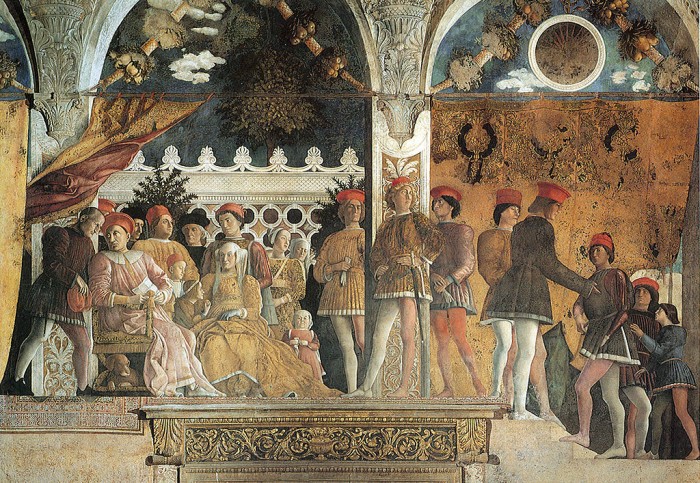THE MEDIEVAL ITALIAN CHURCH COLLECTION
The medieval Italian Church played a central role in shaping the political, cultural, and spiritual life of Italy between the 5th and 15th centuries. During this period, the Church was not only a religious institution but also a dominant political force, influencing kingdoms, city-states, and everyday life. Its reach extended from the smallest rural villages to the grand courts of emperors and kings. At the heart of the Church’s power was the papacy, based in Rome. The Pope held immense religious authority as the successor to Saint Peter, the first bishop of Rome, according to Catholic tradition. But in the Middle Ages, the Pope also wielded temporal power. The Papal States, a group of territories in central Italy, were governed directly by the Pope. This made the Church a major landowner and political entity, often rivaling the power of secular rulers such as the Holy Roman Emperor. The Church influenced many aspects of daily life in medieval Italy. From birth to death, religious rituals marked important life events. Churches were the centers of communities, and monasteries preserved learning and literacy during times when formal education was rare. Monastic orders such as the Benedictines, Franciscans, and Dominicans were active in Italy, spreading religious teaching, caring for the poor, and preserving classical knowledge through manuscript copying. The medieval period also saw frequent tensions between the Church and secular rulers. One of the most famous conflicts was the Investiture Controversy, which centered around whether the Pope or the emperor had the authority to appoint church officials. This struggle reflected the broader clash between spiritual and temporal power in medieval Europe. Art and architecture were deeply influenced by the Church. The construction of cathedrals and churches in styles like Romanesque and Gothic not only expressed religious devotion but also displayed the Church's wealth and influence. Italy's great cities—Rome, Florence, Milan, and Venice—were adorned with magnificent religious buildings that remain cultural treasures today.

